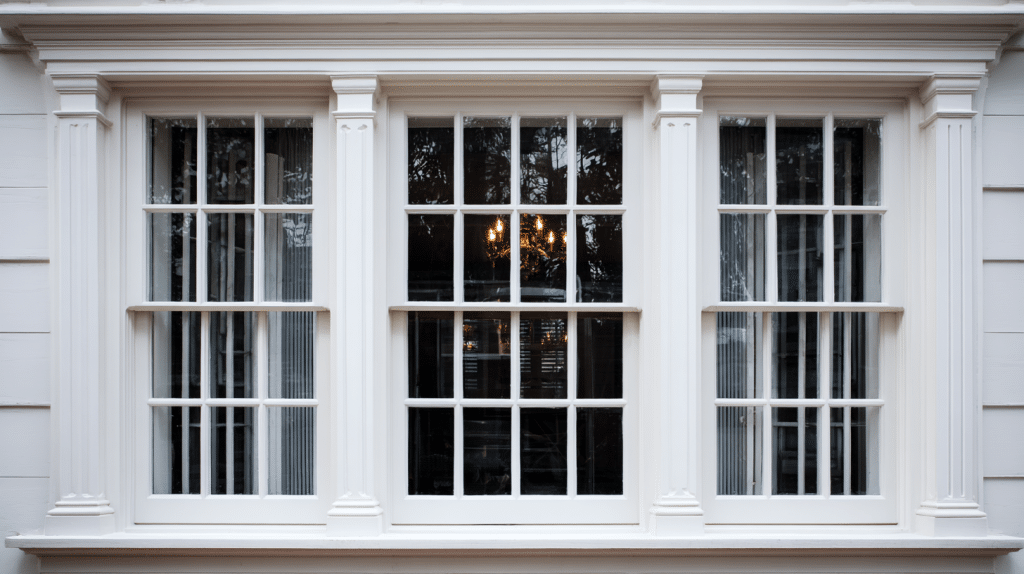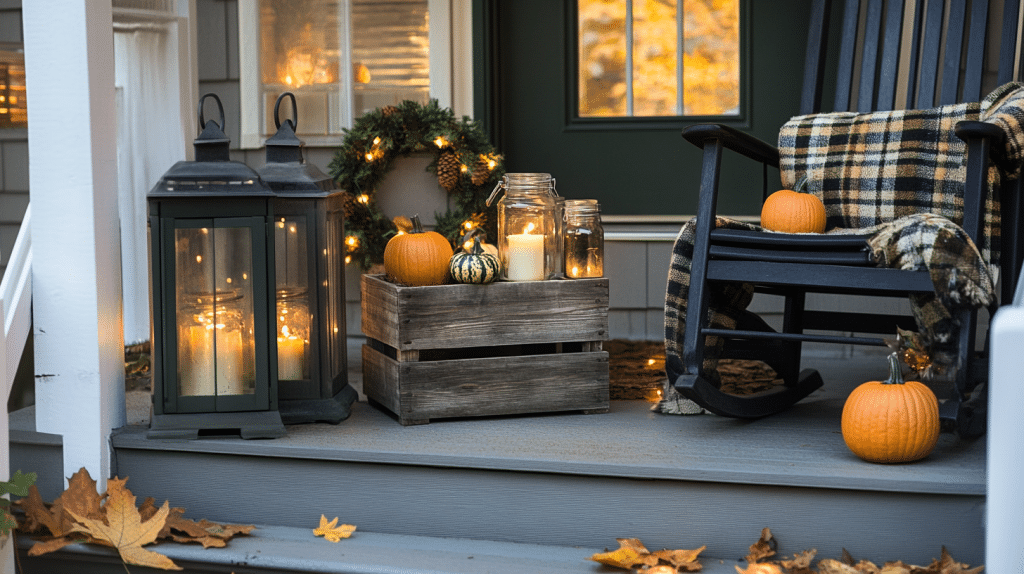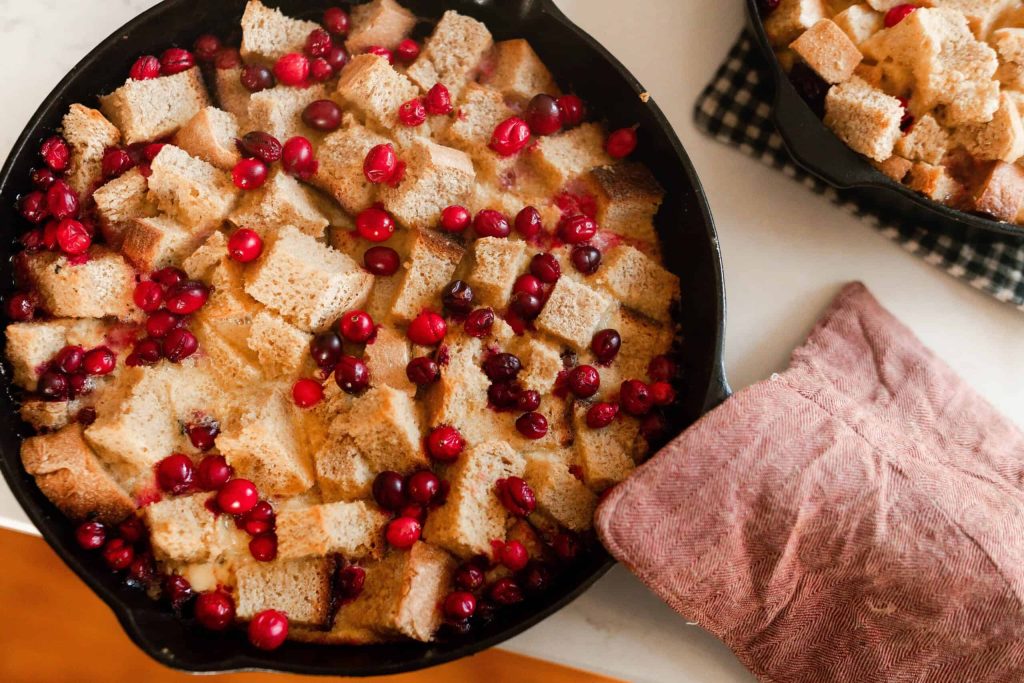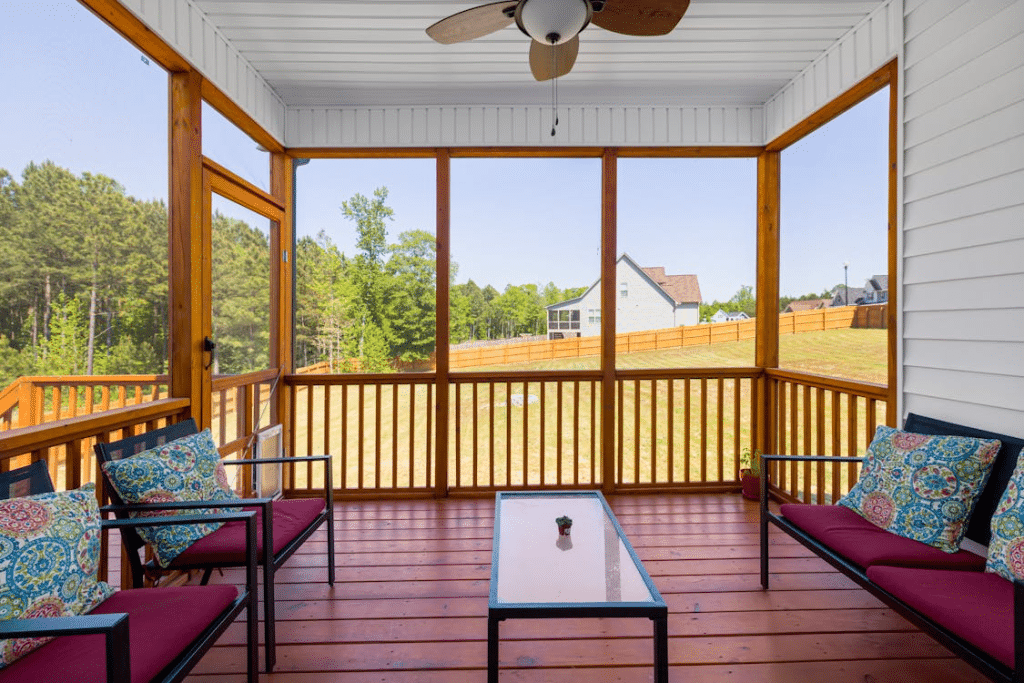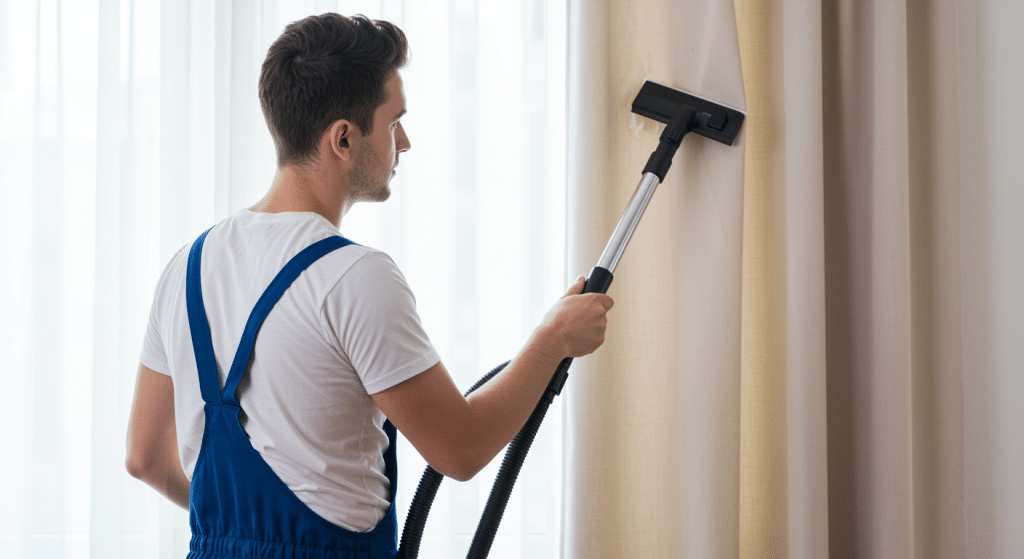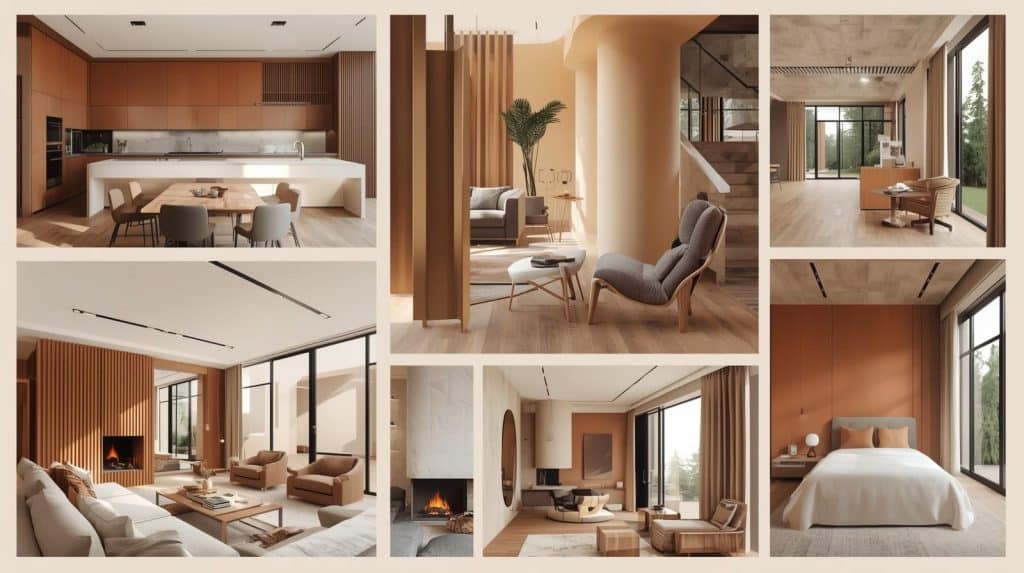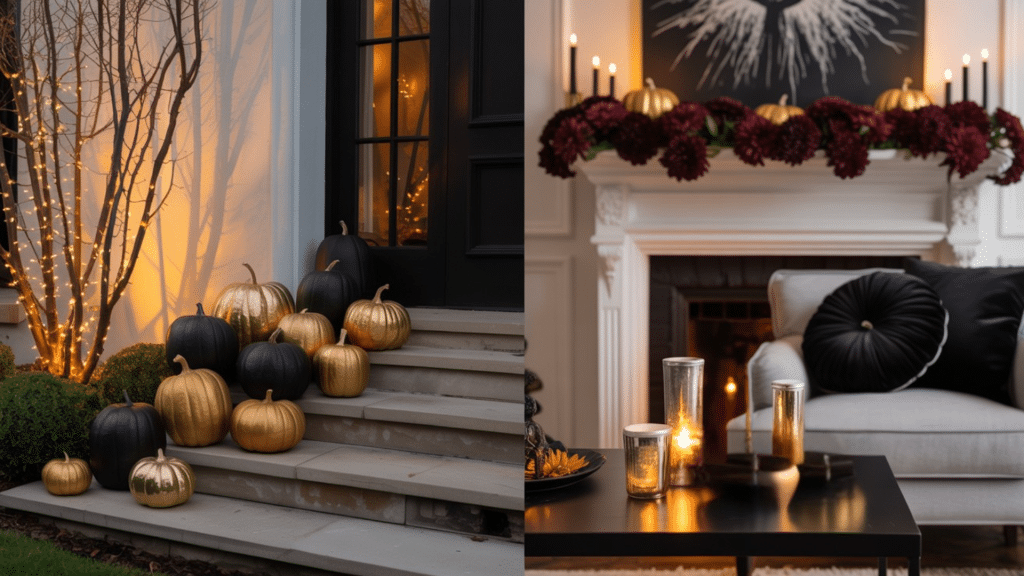You’ve probably seen those beautiful windows with decorative bars dividing the glass into smaller panes.
They add character to homes, but you might wonder what they’re called and whether they’re right for your space.
Knowing about mullioned windows can help you make informed choices about your home’s style and design. Let’s walk you through all the basics of these classic window features.
Keep reading, because we’ll cover what mullion windows are, their various types, the pros and cons, and also share practical tips on maintenance and their structure.
Mullioned Windows and Window Muntins
Mullioned windows use strong vertical bars, called mullions, made of stone or wood to divide large openings into smaller sections.
In medieval times, this was practical since big glass sheets were rare and costly.
Millions ran from top to bottom, adding strength to the frame. Muntins, on the other hand, are thinner bars that create grid-like patterns within each section.
They can run both vertically and horizontally, giving windows a classic look often seen in colonial and traditional homes.
Today, mullions are mostly decorative but still provide support, while muntins may be true divided lights or simulated designs. Together, they shape styles from Gothic churches to Tudor and colonial houses
Key Differences Between Mullions and Muntins
People often mix up these two terms.
However, knowing the difference helps you communicate effectively with contractors and select the right windows for your home.
| Feature | Mullions | Muntins |
|---|---|---|
| Direction | Vertical only | Both horizontal and vertical |
| Purpose | Divide window openings | Create grid patterns in panes |
| Size | Thicker, structural | Thinner, decorative |
| Location | Between separate windows | Within individual windows |
| Function | Support large windows | Break up the glass into smaller sections |
Design and Structure of Window Mullions
Mullion windows are available in various designs, each offering distinct looks and structural benefits for your home.
1. Stone Mullions
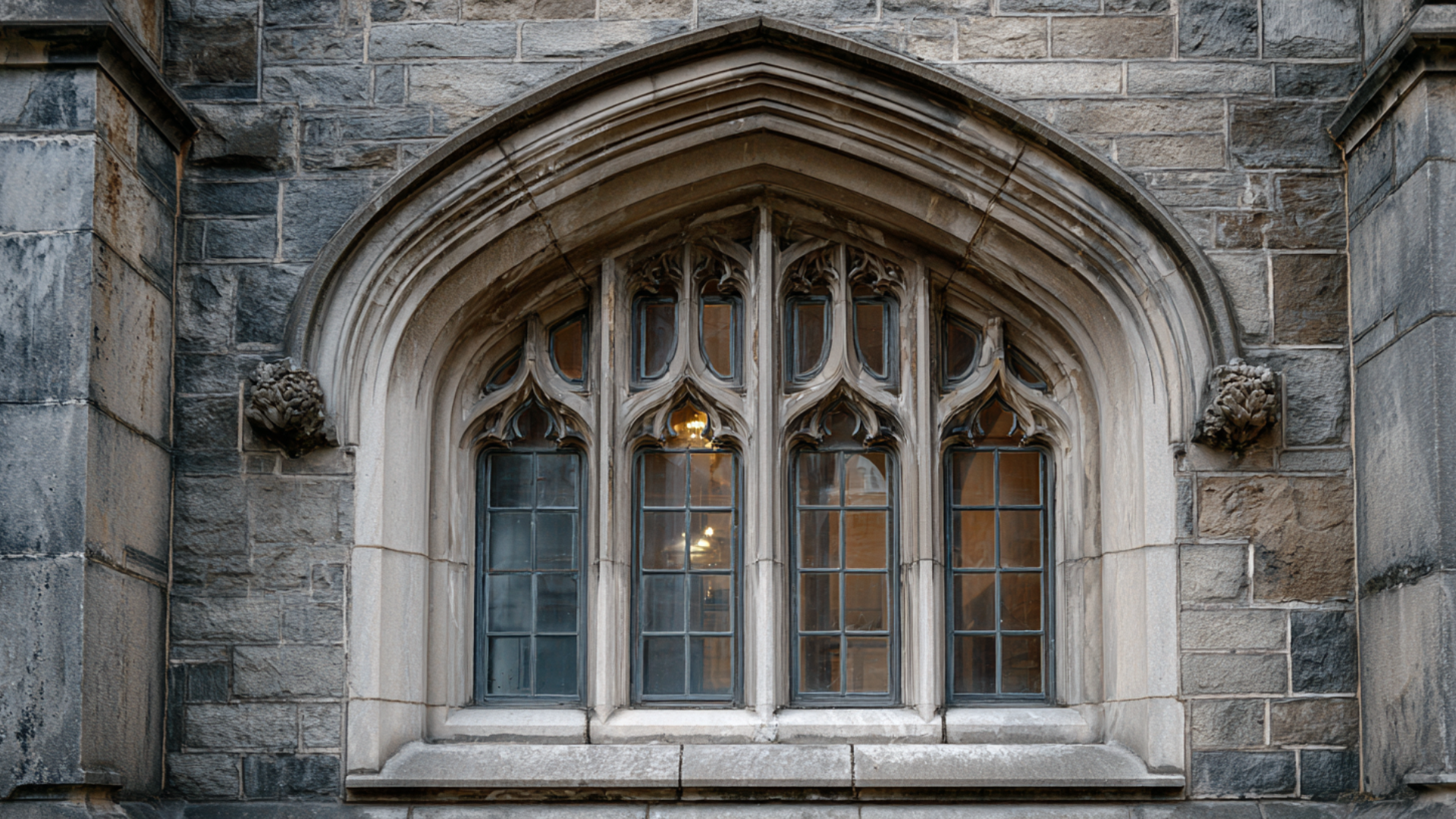
Traditional carved stone bars are used in Gothic and medieval architecture styles. These mullions have lasted for centuries and withstand extreme weather better than other materials.
Structure: Solid masonry construction with deep-set profiles for maximum strength and weather resistance.
Materials: Limestone, sandstone, granite, or local quarry stone, depending on regional availability.
2. Wood Mullions
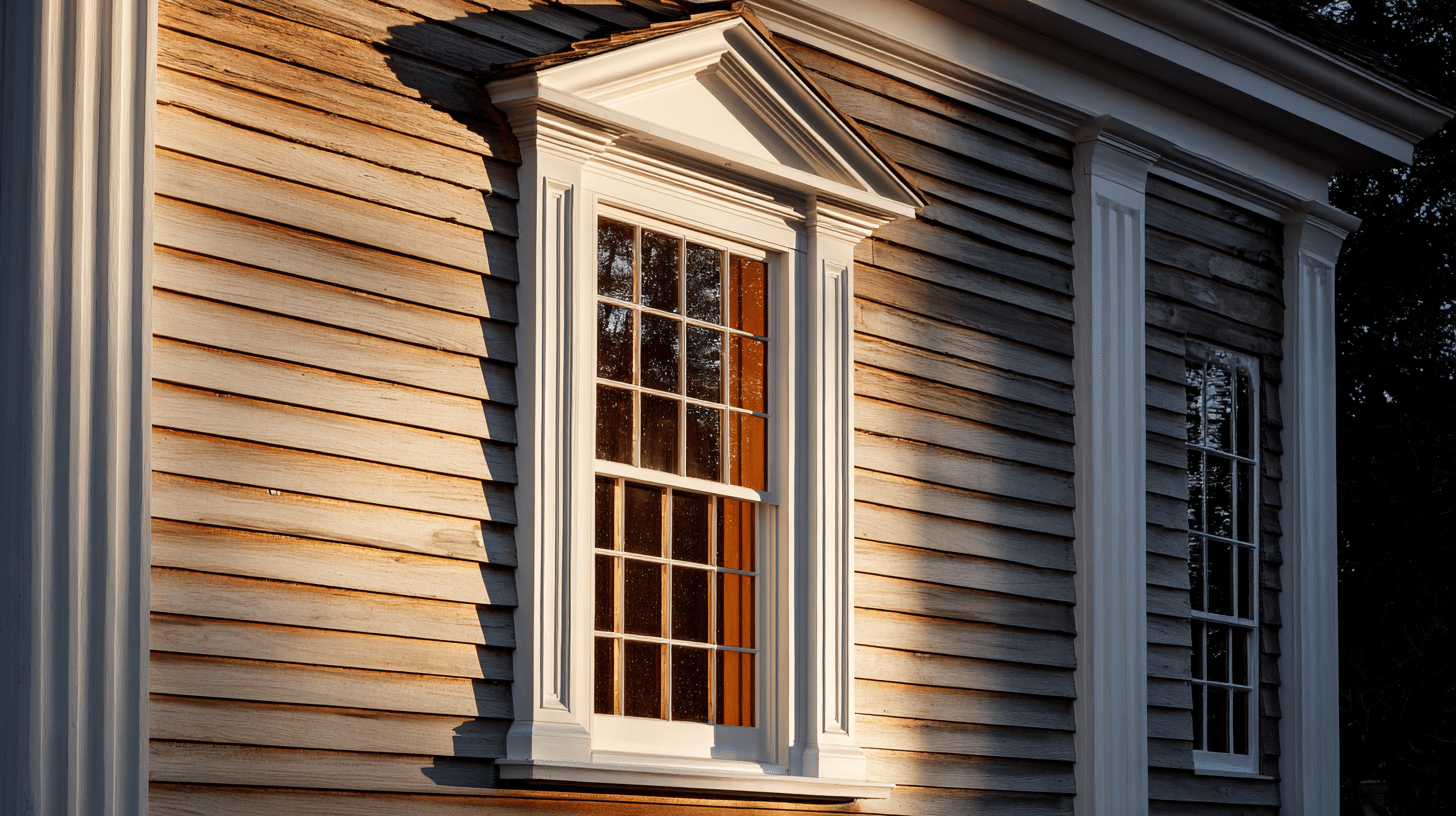
Classic timber bars complement the designs of colonial and Craftsman homes.
Wood mullions provide natural insulation and can be easily customized or repaired locally. Hardwood usually outperforms softwood in exterior use.
Structure: Mortise and tenon joints with weather-sealed finish for durability and easy maintenance.
Materials: Oak, mahogany, cedar, pine, or engineered lumber treated for exterior use.
3. Metal Mullions
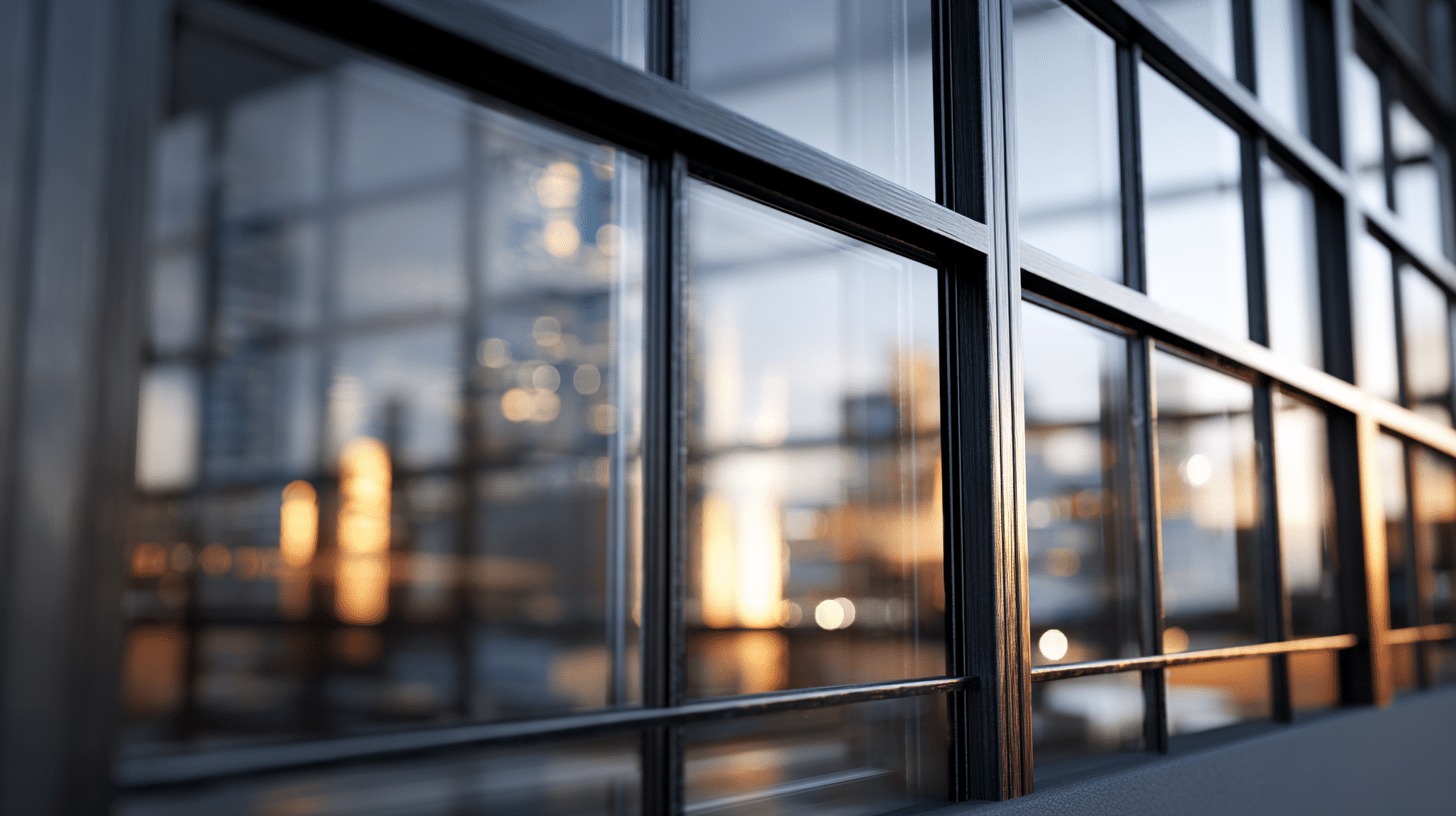
Steel or aluminum bars create clean lines for modern, industrial looks. Metal mullions resist warping, rotting, and insect damage, requiring minimal maintenance.
They conduct heat and cold, so thermal breaks prevent condensation.
Structure: Welded frame construction with powder coating for rust protection and structural integrity.
Materials: Galvanized steel, aluminum alloy, stainless steel, or bronze for coastal environments.
4. Composite Mullions
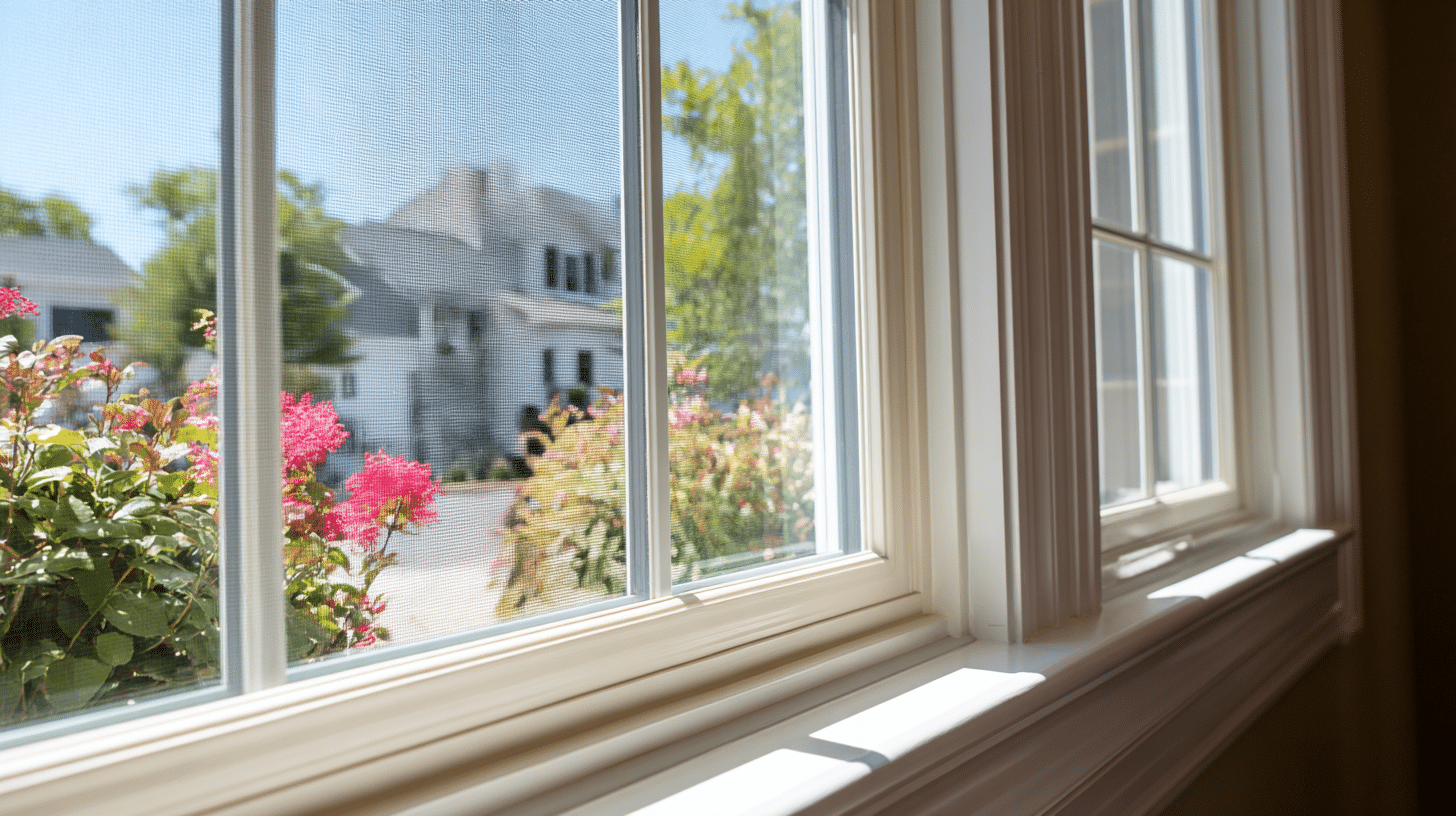
Engineered materials combine a wood core with vinyl or aluminum cladding.
Composite mullions merge insulation from wood with vinyl’s low maintenance, costing less than solid wood and performing better in harsh weather. They install like wood but last longer.
Structure: A multi-layer construction offers insulation benefits while majorly reducing maintenance requirements.
Materials: Wood fiber core, vinyl cladding, aluminum exterior, or fiberglass composite materials.
5. Decorative Grid Mullions
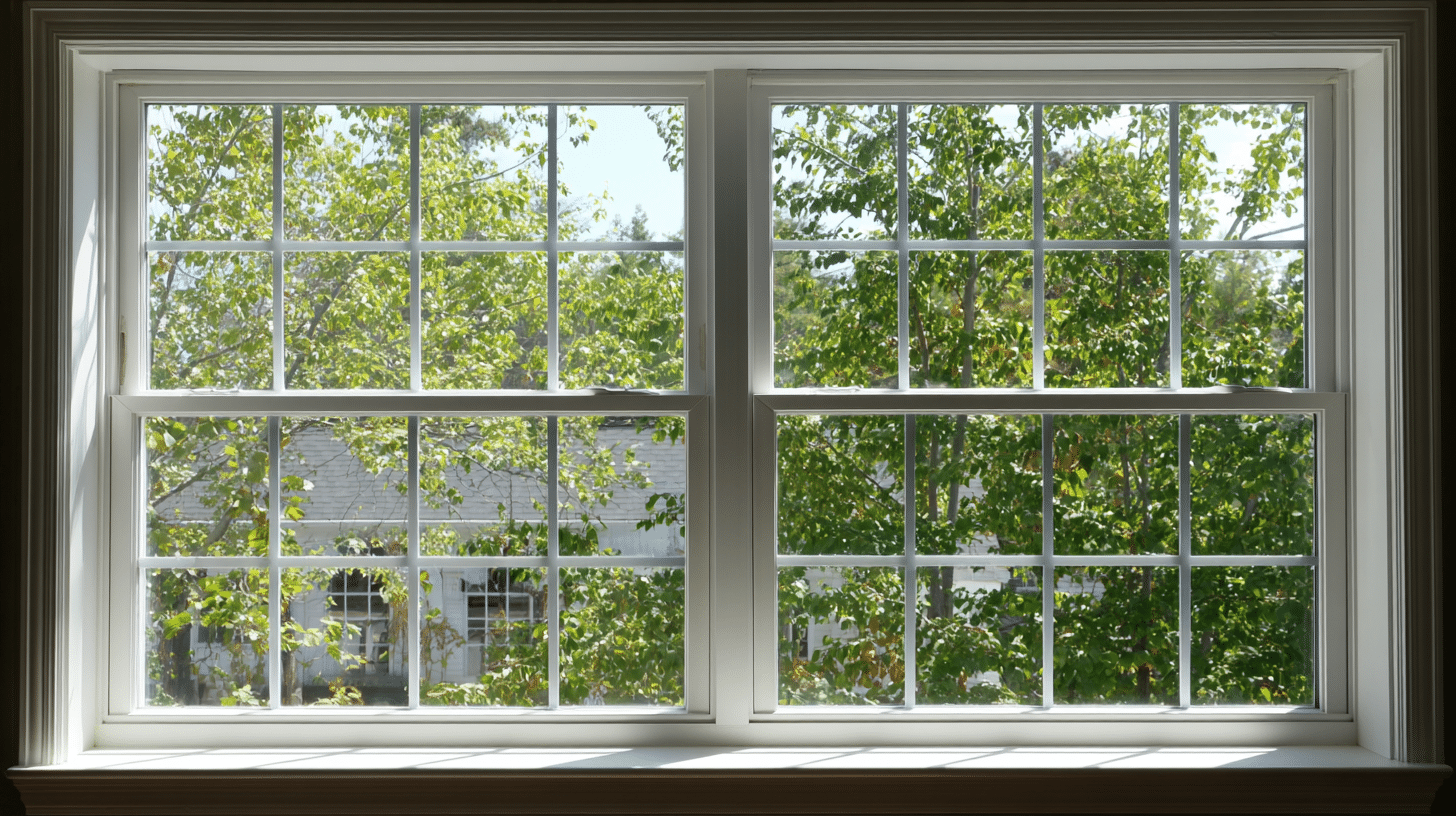
Applied bars mimic mullions without structural division. These snap-in grids are easy to remove for cleaning or replacement. They offer an affordable way to achieve traditional window style with quick installation and minimal modifications.
Structure: Surface-mounted strips attached to glass or frame for a cost-effective traditional appearance.
Materials: Vinyl strips, aluminum bars, wooden grids, or plastic snap-in components.
6. Curved Mullions
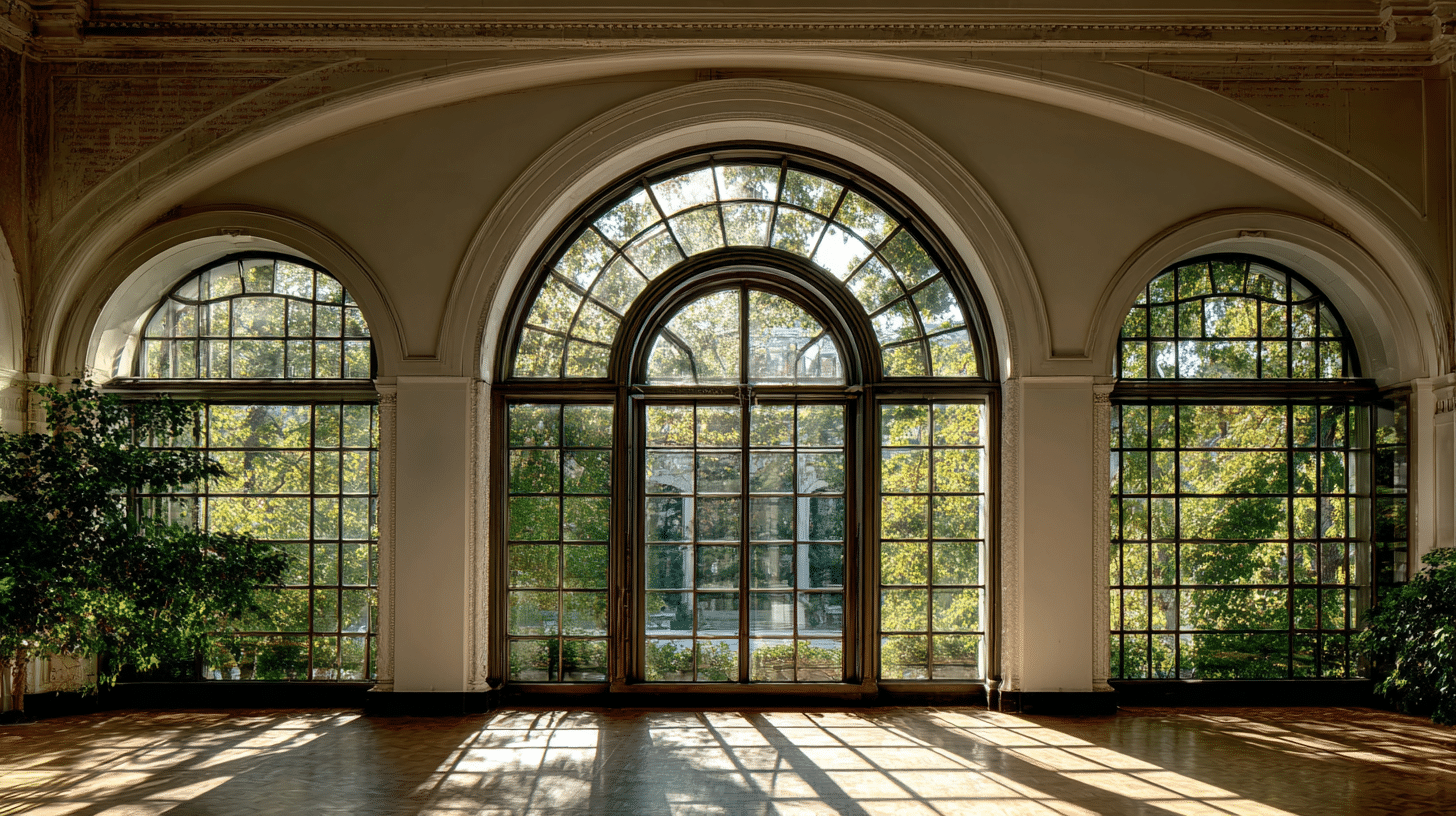
Arched or curved bars match window shapes in specialty architectural applications. Custom fabrication adds cost but creates focal points in homes.
Professional installation ensures proper curves and weatherproofing for durability.
Structure: Custom-bent construction that requires precise measurements and specialized installation.
Materials: Bent steel, laminated wood, formed aluminum, or molded composite materials.
7. Divided Light Mullions
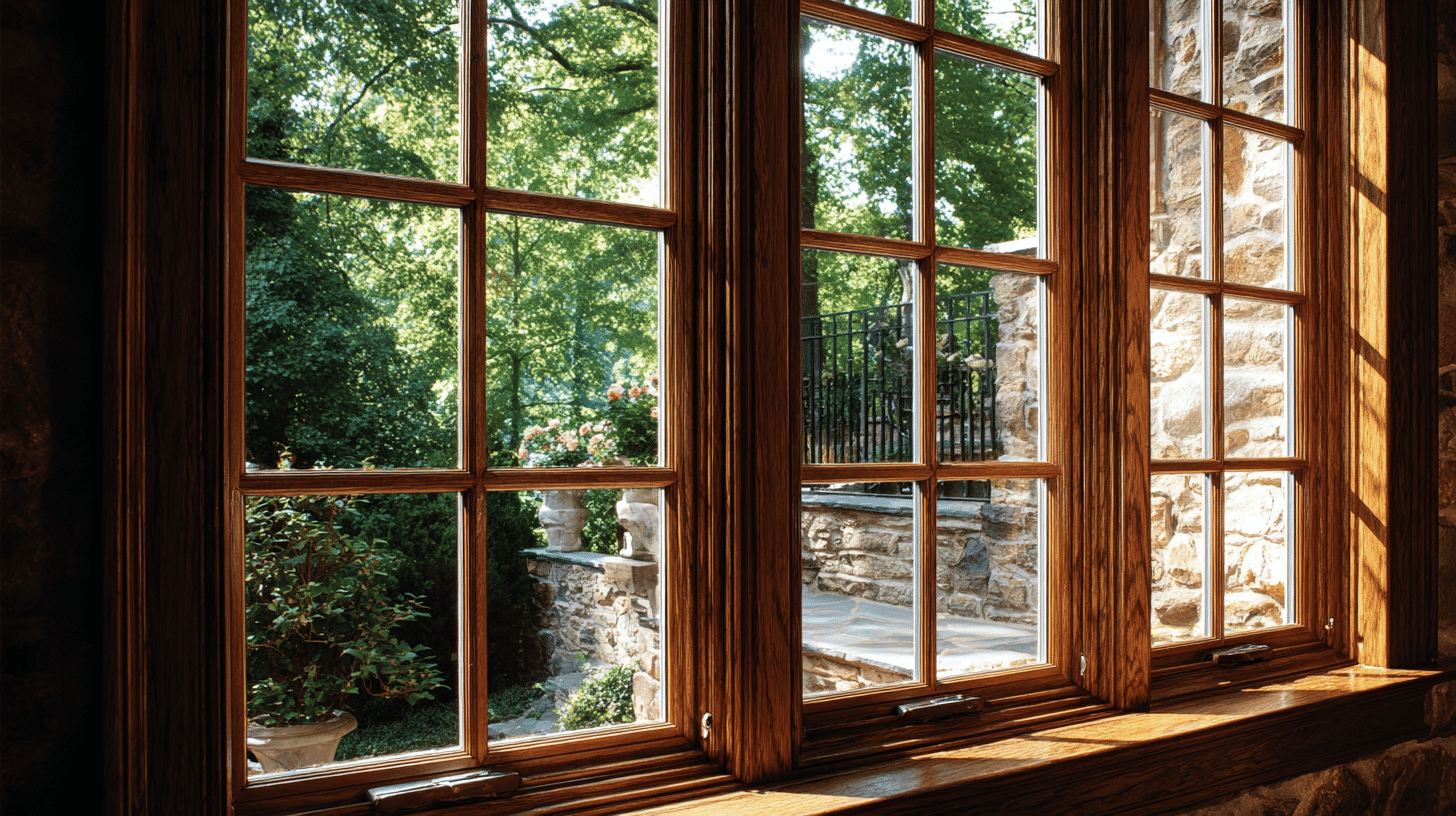
True structural bars separate glass panes in traditional windows, each in its own frame.
Glazing compound seals glass to mullions, offering historical charm. Regular maintenance ensures weatherproofing and energy efficiency.
Structure: Individual glass panes set in separate frames with glazing compound weatherproofing seals.
Materials: Traditional glazing putty, modern sealants, and various frame materials for authentic construction.
These designs allow you to match mullions to your home’s style while providing the structural support you need.
Different Types of Mullioned Windows
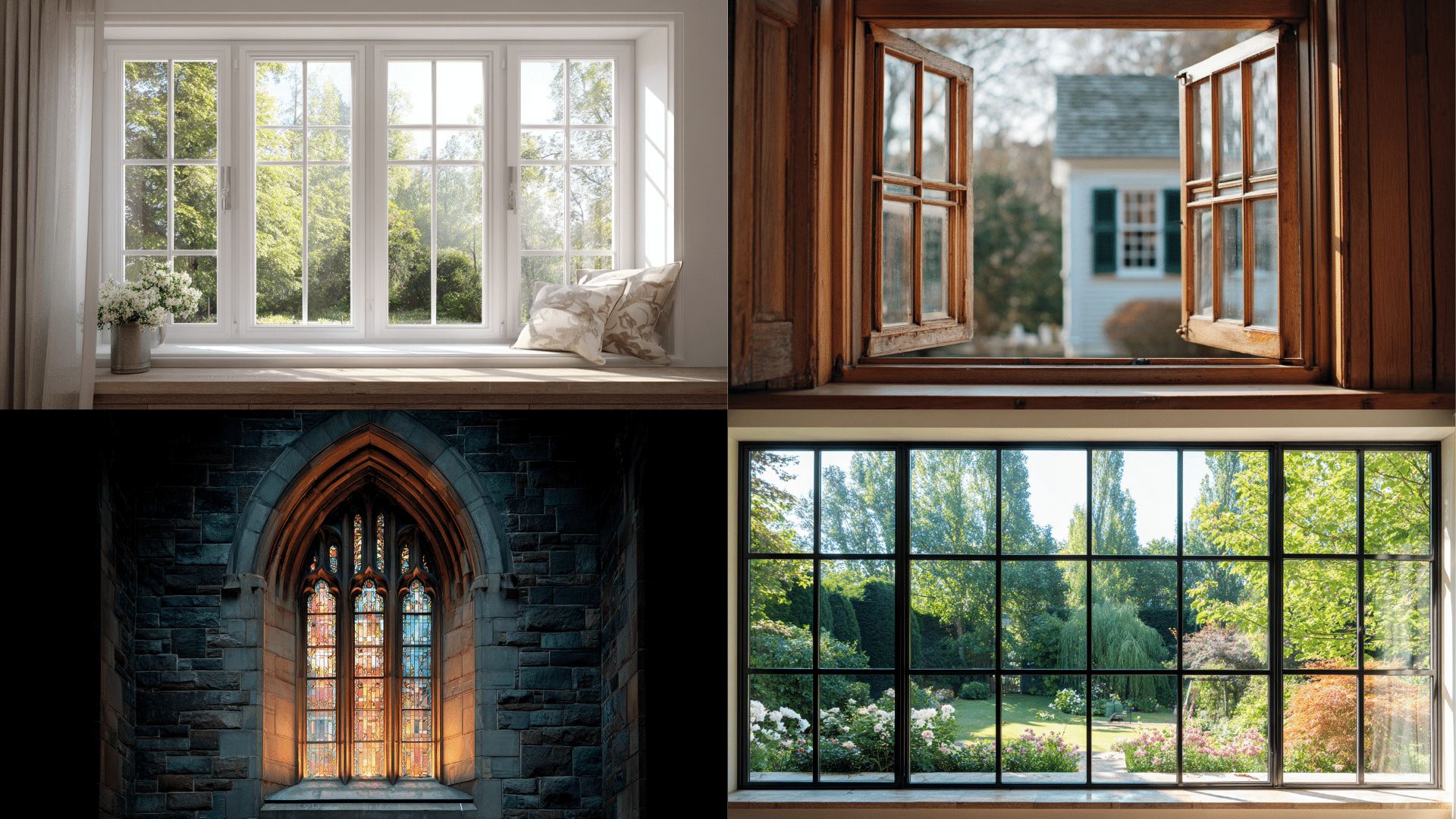
Windows are available in several styles to complement various home designs and architectural periods.
- Casement Mullion Windows: Side-hinged windows with vertical bars that open outward like doors for ventilation.
- Double-Hung Mullion Windows: Traditional up-and-down sliding windows with mullions dividing the upper and lower sashes.
- Gothic Mullion Windows: Pointed arch windows with stone mullions creating tall, narrow openings in medieval style.
- Picture Mullion Windows: Large fixed windows with decorative mullions breaking up expansive glass areas beautifully.
Each type offers unique benefits for different rooms and architectural styles in your home.
Pros and Cons: Window Mullion vs. Window Muntin
Both options have their advantages and drawbacks. Here’s what you need to know before making your choice.
| Feature | Window Mullion | Window Muntin |
|---|---|---|
| Structural Support | Strong support for large windows | No structural benefit |
| Light Blockage | Blocks more natural light | Minimal light obstruction |
| Maintenance | Higher maintenance needs | Easier to clean and maintain |
| Cost | More expensive to install | Lower installation costs |
| Design Impact | Bold architectural statement | Subtle decorative enhancement |
Consider your budget and style goals when choosing between these two window features.
Do All Window Styles Need Mullions and Transoms?
No, not all window styles require mullions and transoms. These features are optional design choices, not requirements. Modern windows work perfectly fine without them.
Single-pane windows don’t need mullions for support. Modern glass technology allows the creation of large, unbroken sheets.
Many modern homes opt for a clean and minimalist style by omitting mullions altogether.
Transoms are horizontal bars above windows. They’re mainly decorative in modern construction. Historic homes often feature them, but new builds rarely include them unless you specifically want that style.
Some window types benefit from mullions. Bay windows and large picture windows gain extra support. But standard-sized windows function well without any dividing bars.
Your choice depends on architectural style and personal preference. Colonial and Tudor styles often use them. Modern and minimalist designs typically avoid them.
Maintenance Tips for Mullion Windows
Proper care ensures your mullioned windows look great and function smoothly for years.
- Clean mullion grooves regularly with a soft brush to prevent dirt buildup.
- Inspect weatherstripping annually and replace damaged seals to maintain energy efficiency.
- Apply wood stain or paint every three years for protection.
- Check for loose mullion connections and tighten hardware as needed regularly.
- Remove condensation immediately to prevent mold growth and wood damage issues.
Conclusion
Mullioned windows offer both beauty and function to any home. From stone to composite materials, you have numerous design options to suit your style.
Consider your home’s architecture when choosing between traditional divided lights or modern decorative grids. Stone and wood are suitable for historic homes, while metal works well in contemporary spaces.
Investing in quality mullion windows pays off through improved curb appeal and potential increases in home value.
Regular maintenance keeps all types looking fresh and performing well. These windows add character that standard glass cannot match.


